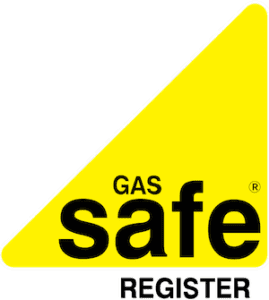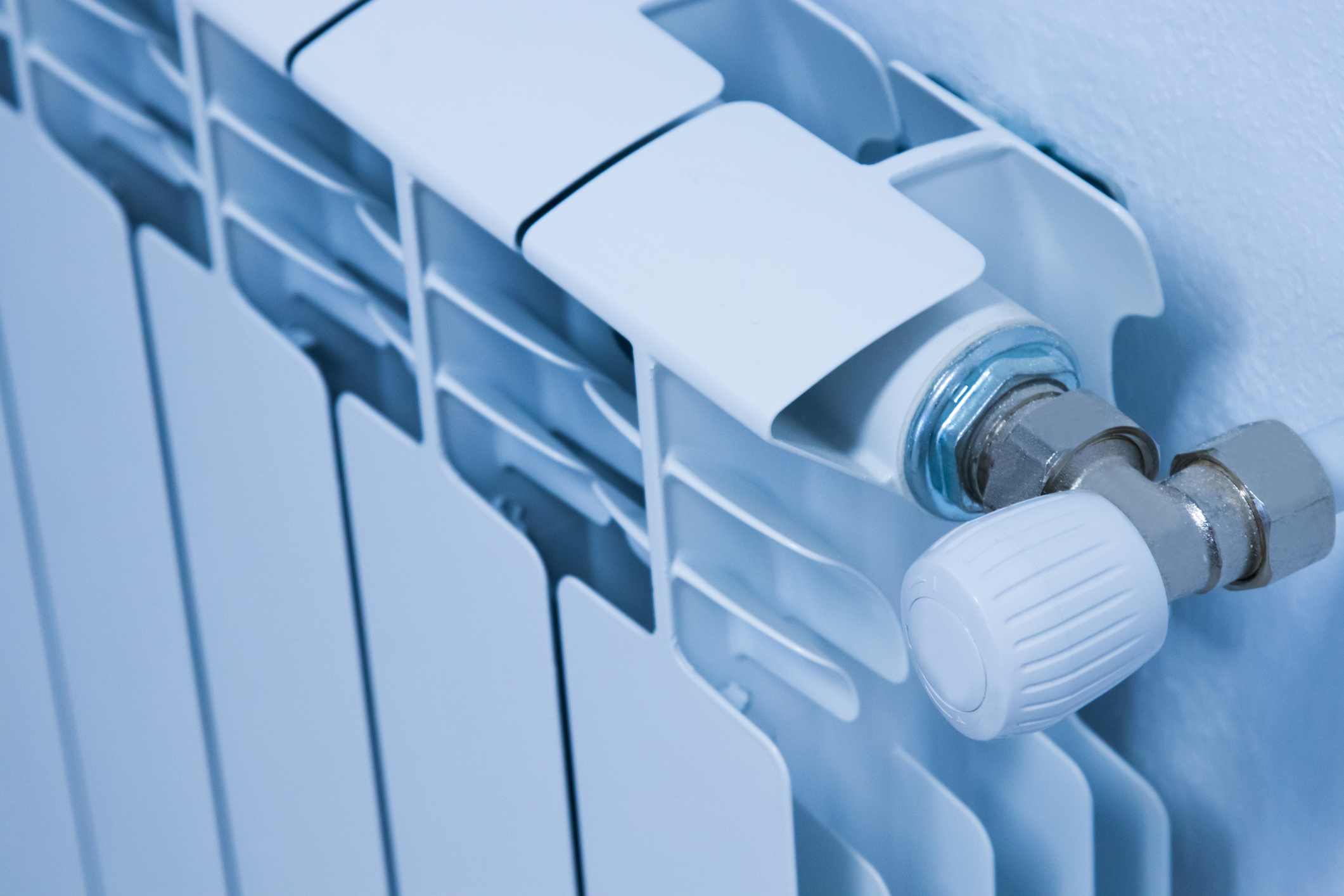Even if you have a brand new boiler that works hard to provide heating and hot water to your home, its effectiveness is dependent on the other elements of the system. What good is hot water if your taps are broken? How can you heat your home safely if you have dirty flues? Your central heating system is only as good as its weakest link. As homeowners, you need to learn how to identify these links and address them before they make too much of an impact on your everyday life.
One of the issues you are bound to encounter is cold radiators. Picture this: you come home from a long day at work and turn your heating on. You wait for the room to warm up but get nothing. When your radiator is not working it can negatively affect your health and mood. It might be bearable during the fall, but it can become a major problem when you lose heating in the middle of winter.
Common Reasons For Having A Cold Radiator
It can come in many forms, like having a partially hot and partially cold unit, a cold unit, or a completely cold system. Each one is slightly different, but assuming that your boiler has fuel, the usual suspects for a cold radiator can be anything from low water pressure, trapped air, debris, or hardware problems like pump failure and stuck valves. You can prevent these issues when your central heating system gets its annual maintenance work.
However, if you’ve been neglecting your system, it is time to get to work.
Find the best local plumbers in the UK!
How To Fix Your Cold Radiator
You can try several methods to fix your radiator if it is cold before you call your local heating engineer:
Clean Your Radiator
The first thing you need to do is deal with your debris-filled central heating system. In most cases, poor water pressure and blockages all stem from this. Whether one radiator is cold or your whole system is – cleaning is the best way to take care of multiple problems at once.
You can try to drain your central heating system and replace the water for a fresh start. When your heating system is clean, have preventive measures in place like a magnaclean filter along with a self-administering limescale solution to keep the water free of sediment and rust.
However, this method can only go so far. You may need to call your plumber for a power flush and get all the sludge and grime out of your system. By doing this, you remove the excess air and clear any possible blockages in one go. Even if it does not fix your cold radiators, it is generally good for your overall central heating system, so nothing is wasted if it doesn’t work.
Check Your Valves
The second step is inspecting the radiator valves and having them replaced when necessary. The thermostatic radiator valve (TRV) on your radiator is in charge of letting hot water pass in your radiator. When it is stuck, it prevents the heat from circulating and creates a cold boiler. You can check your thermostatic valve by removing the head and checking the pin. If the pin is pressed down, then you have a stuck valve. You’ll need a pair of long-nose pliers and wiggle it a bit until the pin pops up.
If you noticed that your valves are rusty during your inspection, it is best to call a plumber and have a replacement installed. Rusty valves are a by-product of trapped air that was left inside for too long. Even if you bleed your radiator and have it cleaned, the dirty valve can still create grime and rust. Removing and replacing them is the best way to keep your system clean.
Balance Your Radiator
The third option is to acknowledge that not all radiators are heating at the same time. If you live in a house with multiple rooms, your central heating might be taking a while to get to that one radiator. When this happens, it puts a strain on your pipes, so it is best to fix it as soon as possible.
If this is the case, you may need to balance your central heating. Which essentially cycling new water and adjusting the lockshield valve on all the radiators and making sure they heat at the same time. You’ll need a pen, paper, a pair of pliers, and a whole lot of patience. For more detailed instructions, you can read more about it here: Heating Conundrums: How to Balance Radiators.
Connect with the best local plumbers and boiler engineers near you
Check Your Boiler
The third option is to check your boiler. If bleeding and balancing your radiators don’t work, and replacing the valve had no luck either, it probably isn’t your radiator. The problem can be between your boiler and your thermostat, or your boiler itself. Here, you take a step back and let professional heating engineers from Plumbingforce take care of your cold radiator.
Even if you find out what is wrong, there is little you can do to fix it on your own. Might as well call a professional instead, and save time instead of DIY-ing and making the problem worse.
What If Only Parts Of My Radiator Are Cold?
If your radiator is cold in some parts, either hot on top and cold at the bottom, or cold at the top and hot at the bottom, you can chalk it up to excess air or a dirty radiator. You can try to address this by bleeding your unit or having it cleaned. You can visit our blog, “Why Is My Radiator Hot at the Top and Cold at the Bottom” for more detailed instructions.
Taking care of your central system takes the joint effort of you and your heating engineer. Plumbingforce can be your long term partner! Our technicians can handle just about anything you throw at them from boiler installations to maintenance and repairs. If you need to fix or replace your radiators, you can book our engineers online or call us at 0330 162 3460!





